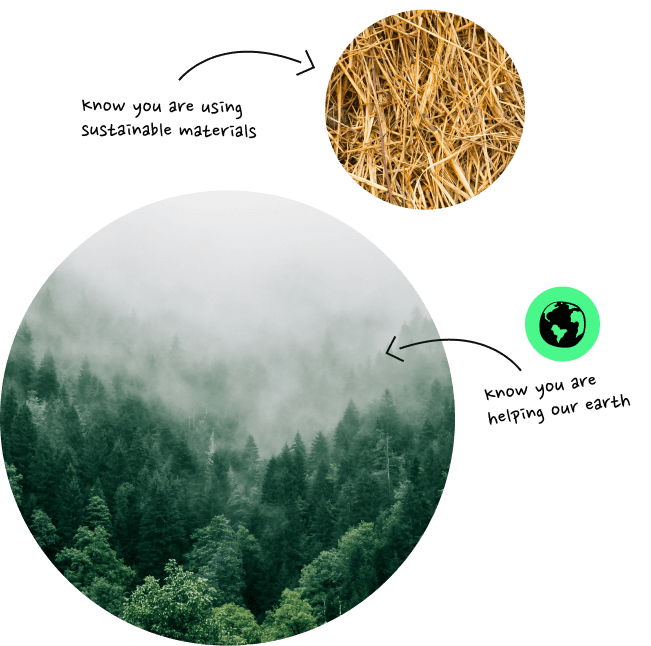What kind of solutions do you need? We created a quick checklist to help you get started with food packaging specifics.
Sourcing packaging can be difficult, especially if you’re just starting out. The sector is huge, technical, and full of jargon so your meetings with the packaging designer or factory may draw a lot of blank stares. Here’s a quick guide to help you know what kind of packaging you need.
What will it be used for?
You can normally get close to finding what you need simply by knowing what it will be used for. What’s required from a food container is very different from what’s need when it comes to a shoebox, so simply searching for “food container” can be enough to get you close. Then again, there are many ways to package essentially the same product so a little more knowledge could be useful in narrowing down your search.

Which food packaging specifics fit my needs best?
The material used for the packaging will have very different impacts both environmentally and on your customer. In the soup example above, the plastic pouch has issues with plastic waste but is considered more luxury, whereas the can could be considered cost-conscious. However as sustainability becomes more important in buyer decisions, these associations may change.
If environmental affliliation becomes an identifoable consumer marker, cutting edge packaging materials, such as mushroom fibre, can be considered.
Rigid packaging or flexible packaging?
The two broadest classifications – rigid packaging keeps its shape whether full or empty whereas flexible packaging changes shape. Though these seem like opposite neds of the spectrum to each other, both elicit certainresponses from end users and have to be considered in more than just monetary terms.
Die-cut and collapsible?
Mostly applicable to rigid packaging where you may want it to fold flat for easy storage. It will need to be assembled into the final shape prior to use. This is usually the case for packaging manufactured in a “die-cut” process – where the shape is cut out of a piece of flat material and then folded into the 3-dimensional form.
Or molded and stackable?
Again mostly applicable to rigid packaging where you want easier storage. Stackable packaging is usually a consideration for molded packaging – where the 3-d shape is already pre-set into the final piece.

Does it need to be aseptically sealed?
Especially relevant when dealing with food and drink products designed to be consumed later. Other segments can require aseptic packaging also, such as cosmetics packaging or personal hygiene products. Be sure to check your territory’s regulations on whether your product needs aseptic packaging or not.
This shortlist of questions only just begins to scratch the surface on food packaging choice and design but it should help you narrow down your needs when initially speaking with a packaging designer or supplier.
Lead image courtesy of Freepiks.






